#The Three Railway Engines
Explore tagged Tumblr posts
Text
HAPPY NATIONAL TRAIN DAY!!!!
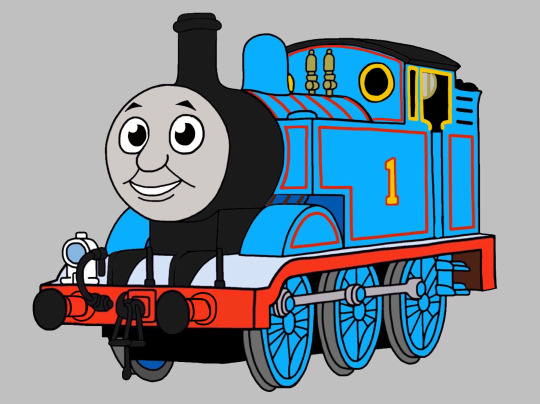
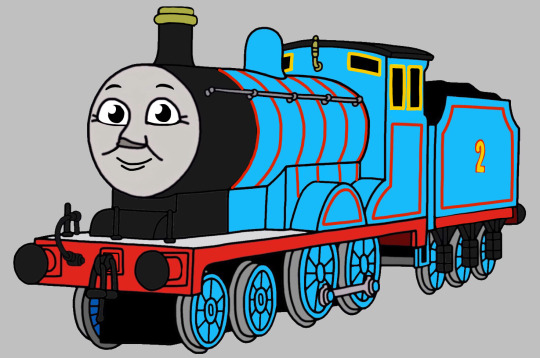
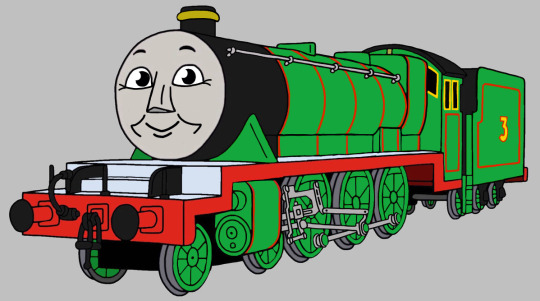
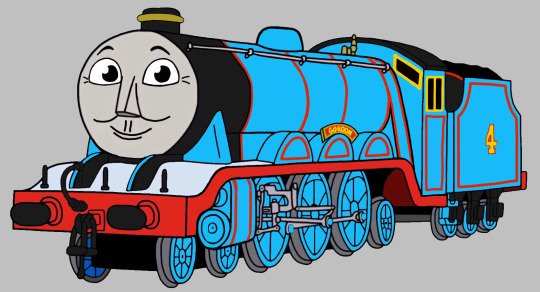
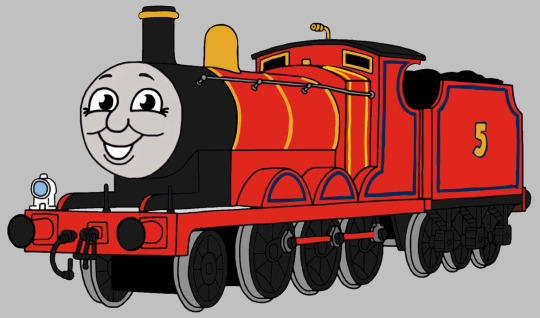
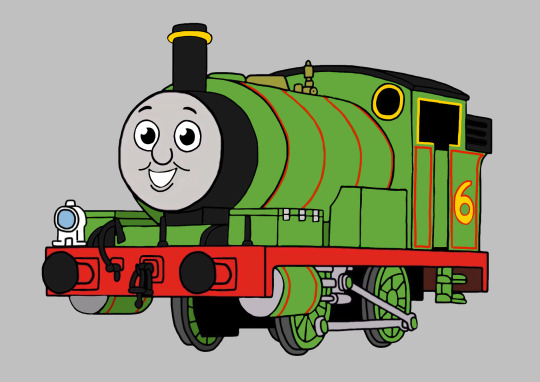
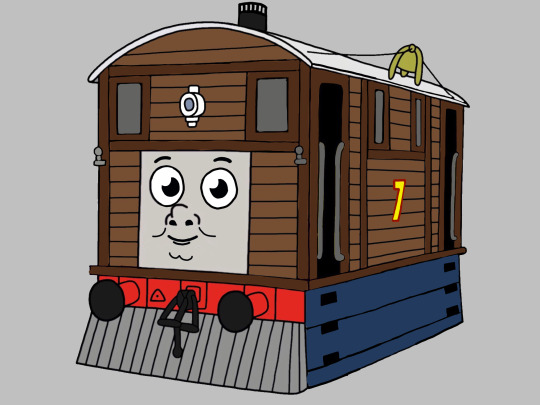
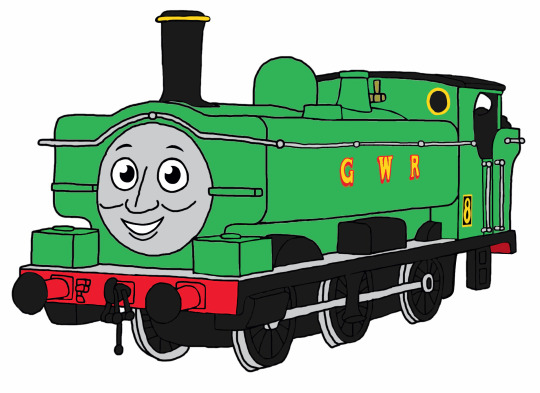
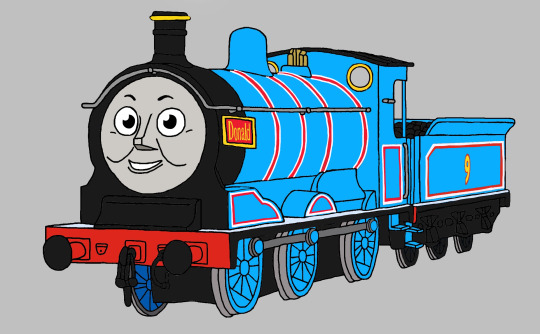
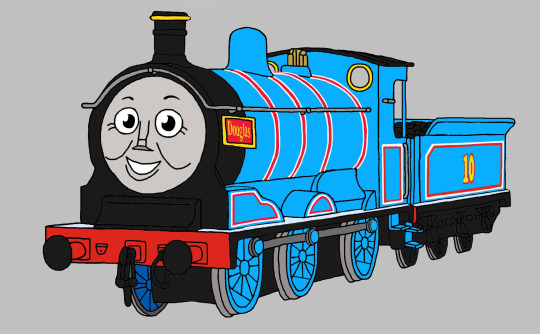
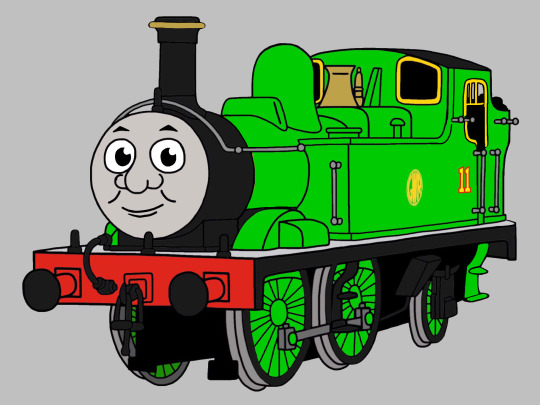
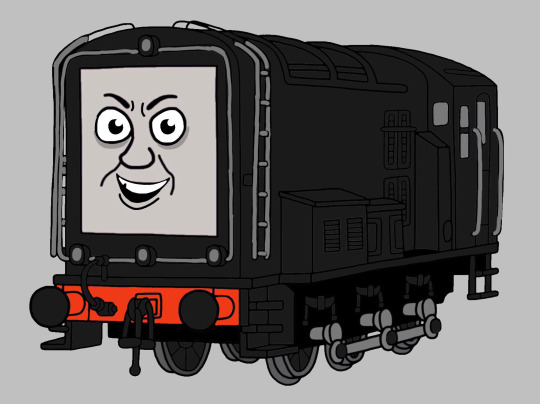
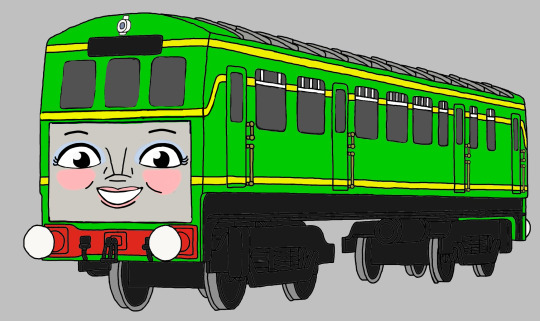
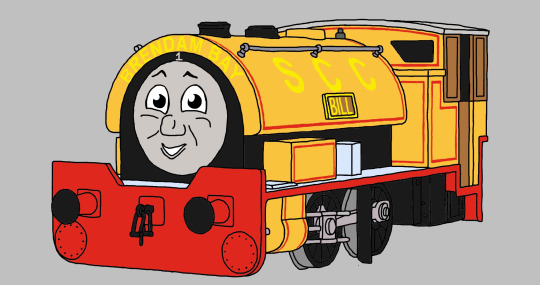
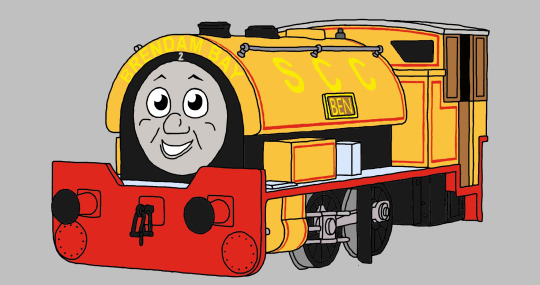
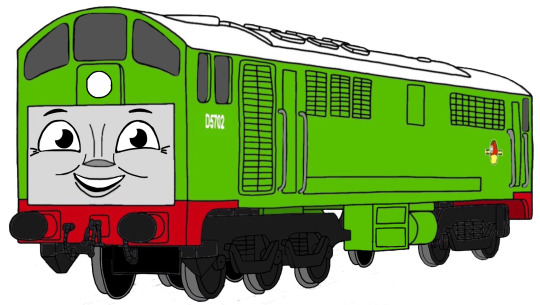
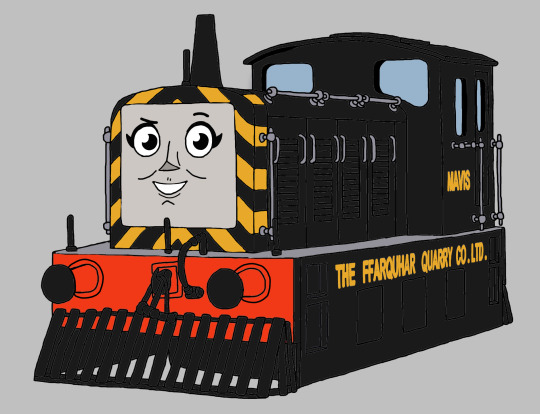
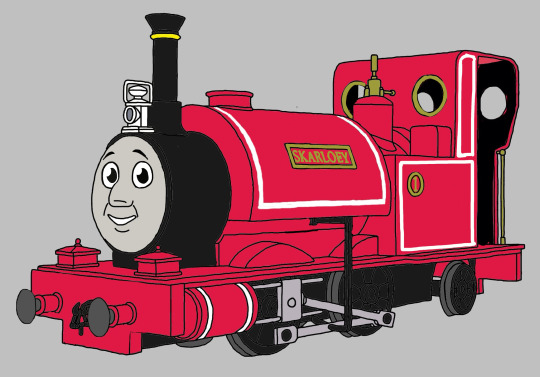
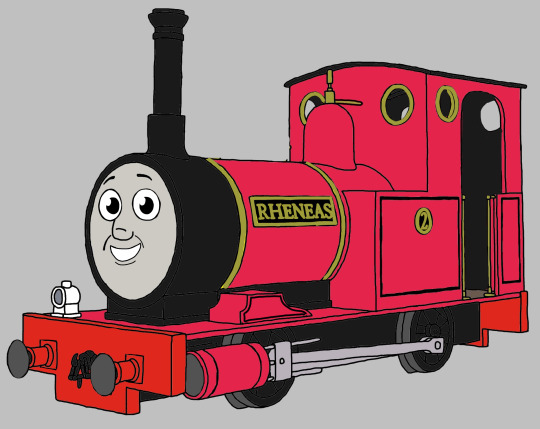

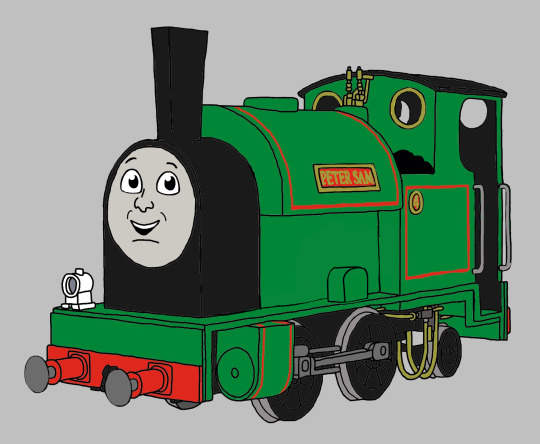
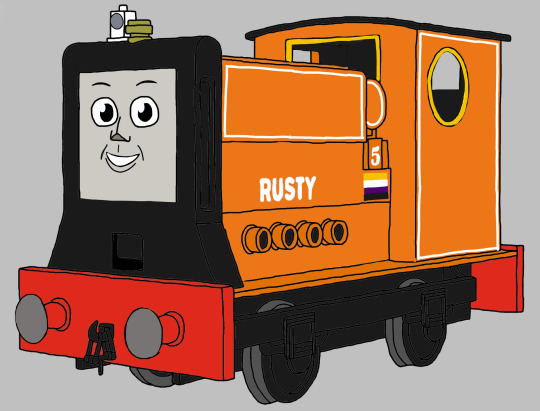
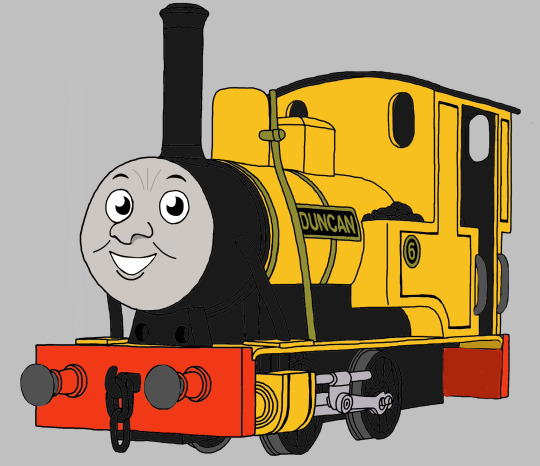
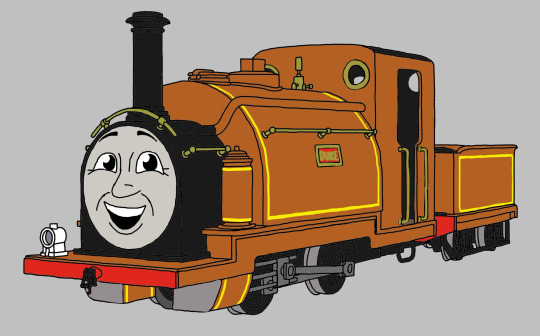
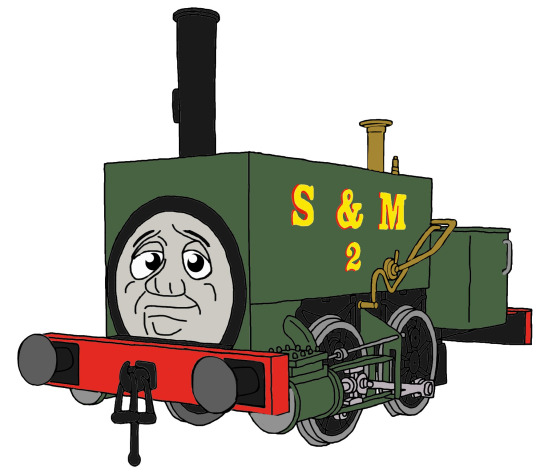
take some multi-colored trains
#thomas and friends#thomas the tank engine#railway series#the railway series#the three railway engines#ttte thomas#ttte edward#ttte henry#ttte gordon#ttte james#ttte percy#ttte toby#ttte duck#ttte donald#ttte douglas#ttte oliver#ttte donald and douglas#ttte diesel#ttte neil#ttte skarloey#ttte rheneas#ttte sir handel#ttte peter sam#ttte rusty#ttte duncan#ttte duke#ttte bill and ben#ttte bill#ttte ben#ttte daisy
121 notes
·
View notes
Text
YOU CANNOT BE SERIOUS.
WHY IS 98462 A MUSICAL ARTIST?

17 notes
·
View notes
Text

#thomas and friends#ttte#ttte gordon#ttte henry#ttte edward#thomas the tank engine boy#colored sketches#colored pencil#the three railway engines#*their old livelries#my art
19 notes
·
View notes
Text
Happy 79th Anniversary !
Ohhhh boy, this book is 79 years old? Blimey! The book that started in all, The Three Railway Engines. Cheers, Wilbert… however imperfect your stories were, it did have a positive impact in that it inspired the love of steam locomotives in younger generations for years to come.
Cheers to the first three… Edward, Gordon and Henry!
Salut!
I know it’s a bit late, but here’s my tribute inspired by the poster for Trainspotting.

#ttte#rws#thomasallgrownup#ttte henry#thomas and friends#ttte gordon#ttte edward#The Three Railway Engines#the railway series#ttte gijinka#ttte humanised#ttte humanisation#ttte human au#ttte fanart#ttte fandom#ttte humanized
51 notes
·
View notes
Text

[1923]
Dusk had descended on the yard by the time Edward returned to the sheds. Most of the other engines had already settled in.
“Oh, here comes the showoff.” Muttered a voice.
Edward paid it no mind.
“I’m going out again tomorrow!” He told the other engines. “What’cha think of that?”
“Brilliant.” 8754 grouched. “Stay out of the way of my express goods, and we won’t have any trouble.”
“Sounds fine to me.” Edward smiled.
Gordon and 2984 then spouted some likely hurtful words, but Edward tuned them out almost immediately. He was in too good a mood to be dragged down by them.
He closed his eyes, and drifted backwards into the sheds - falling asleep almost before his buffers touched the bar.
#ttte#thomas and friends#thomas the tank engine and friends#railway series#rws#ttte edward#ttte gordon#ttte oc 2984#ttte oc 8754#the three railway engines#79th#rws day
16 notes
·
View notes
Text
Happy 79th Anniversary to "The Three Railway Engines" and Happy Birthday to Thomas The Tank Engine.

#thomas and friends#ttte#thomas the tank engine#the railway series#the three railway engines#anniversary#birthday#digital art#art
11 notes
·
View notes
Text
youtube
2 notes
·
View notes
Text
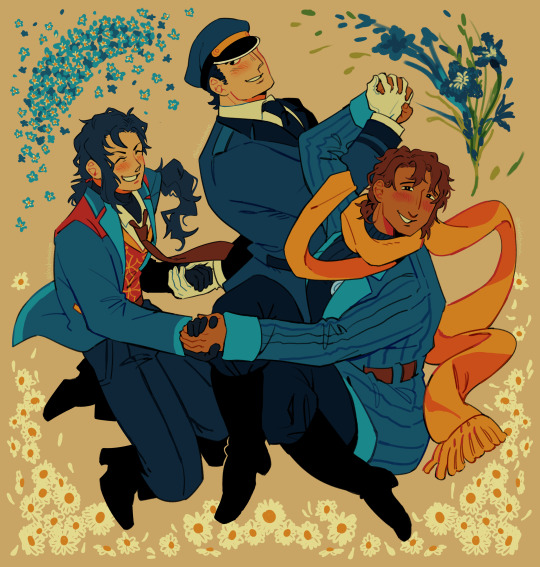
seventy-nine magnificent years
#thomas the tank engine#thomas and friends#ttte edward#ttte gordon#ttte henry#2x3x4#casa tidmouth#senjart#HAPPY BIRTHDAY THREE RAILWAY ENGINES!!!!! YOU'LL FOREVER AND EVER BE FAMOUS!!!!!!#continuing the trend from last year! once again here's the younger trio with their blue paintwork#THIS YEAR.... HOWEVER...... I AM NOT LATE!!!! HA HA HA!!!!!!!#senja back at it again with the flowers#also if you look closely I snuck in their respective engine numbers >:3
695 notes
·
View notes
Text
Three Separated Engines

(Eddie has glasses now)
Poor Gordon... He'sso sad he'd lost a buffer 😭
(AU inspo creds: @steam-beasts <3)
#thomas and friends#au#ttte#thomas the tank engine#thefluffyrailway#monster engines#ttte au#ttte gordon the big engine#gordon the express engine#gordon the big engine#ttte gordon#ttte henry#henry the green engine#ttte henry the green engine#ttte edward#ttte edward the blue engine#edward the blue engine#three railway engines#ttte three railway engines
95 notes
·
View notes
Text
"the sad story of henry" it's also a sad story for everyone around him 😂 yeah he had a bad day and he made it everyone's problem
#i dunno why people rate three railway engines so highly this is the only story in it that haunts the ol' brainpan#1 of 4 baby that's a winning ratio 👍#to be fair the 1 is reallyyyy good
35 notes
·
View notes
Text

Sir Daniel Gooch, 1st Bt
Artist: Francis Grant (Scottish, 1803–1878)
Date: 1872
Medium: Oil on canvas
Collection: National Portrait Gallery, London
Description
Railway engineer; appointed by Brunel locomotive superintendent of the Great Western Railway; designed the best locomotives of the period; in 1865 became Chairman of the GWR and rescued it from bankruptcy; severe and puritanical in character, but Brunel's closest supporter and friend.
#portrait#painting#sir daniel gooch#scottish culture#man#three quarter length#seated#interior scene#scottish painter#artwork#oil on canvas#fine art#oil painting#red leather chair#dog#document#window#landscape#railway engineer#scottish art#red curtain#attire#francis grant#19th century painting#european art#national portrait gallery
14 notes
·
View notes
Text
Once I'm done with like, at least half of these WIPs, I really wanna sit down and work on two TTTE OCs of mine that actually predate my engine OCs... The concept is a fun one and even touches on the whole 'What Makes An Engine/Vehicle/Machine/ETC Alive?' idea I've had microwaving in my brain for a while...
#Eps Talks About:#Thomas and Friends#TTTE#TTTE OCs#Like I gotta finish lining these Lethal Railway AU sketches#As well as a doodle of a younger Mimic Gordon and three of his siblings#Plus return to the Service Size Mimics WIP which I take regular breaks from so I don't just give up on them#and a few other Railway Mimics AU doodles + actually get to work on OC ref sheets for both engines and non-engine OCs#the two first mentioned here you can actually see in my WIP folder in my Ko-fi by the way#I'm trying to make it a habit to post artwork WIPs there now
4 notes
·
View notes
Text

The Three Railway Enginamals!
Edward the K2 Flemish Giant
Gordon the LNER Shire Horse
Henry the Black 5 Quarter Horse
#thomas and friends#ttte#drawings#ttte gordon#ttte henry#ttte edward#the three railway engines#ttte au#flemish giant#quarter horse#shire horse#rabbit#horse#i changed edward's species from a hare to rabbit#older art
13 notes
·
View notes
Text




135 years of engineering excellence! Yesterday marked another milestone for the Forth Bridge—an enduring marvel of design and a UNESCO World Heritage Site. A true feat of Victorian ingenuity that continues to stand strong.
🌉 Some facts:
Opened on 4 March 1890, it was a groundbreaking achievement in railway engineering.
It carries around 200 trains daily, connecting Edinburgh and Fife.
The bridge is 2,467 metres (8,094 feet / 1.53 miles) long, supported by three massive cantilever structures.
It was the first major steel structure in the UK, using around 53,000 tonnes of steel.
The phrase “painting the Forth Bridge” comes from its once-continuous maintenance cycle, which ended in 2011 with a new long-lasting coating.
It became a UNESCO World Heritage Site in 2015, recognised for its pioneering design.
Have you seen the Forth Bridge in person? 🚆
#scotland#scottish#travel#scenery#landscape#nature#travel inspiration#landscape photography#edinburgh#forthroadbridge#forth bridge
363 notes
·
View notes
Text




On February 21st 1842 Scotland’s first inter-city railway, the Edinburgh-Glasgow mainline, opened to regular traffic.
The building of a railway between the two cities was authorised by an Act of Parliament in 1838 following several years of public discussion.
Construction work on the 46-mile line took almost four years. It was no easy task. To ensure a level route, numerous cuttings were dug, four viaducts were built and three tunnels were driven through hills and solid rock. Members of the public were invited to walk through the Queen Street tunnel on New Year’s Day 1842 to satisfy growing interest in the project. The line opened to regular services on 21st February that year, following a ceremonial opening of the station three days earlier, as I posted on Sunday.
The railway put an end to the slow and cumbersome stagecoaches that had linked Glasgow and Edinburgh for more than a century, and would eventually drive business away from the canal network as well.
The project’s engineers had wanted to build a bridge over the Forth and Clyde canal – but the canal’s owners refused. A tunnel under the waterway had to be constructed instead.
The Scotsman reported in February 1842 that “it rarely happens that a railway can be brought into the centre of a great city”, as it announced the opening of Queen Street station in Glasgow. But the original Edinburgh terminus at Haymarket was greeted with rather less enthusiasm. It was hoped that eventually the train line would stretch further into Edinburgh.
An extension to North Bridge was duly completed in 1846, and work on building the present Waverley station began in 1868.
The line was popular with passengers from the beginning. Initially, four services travelled in each direction from Monday to Saturday. Controversially, two services also ran on Sundays – provoking strong opposition from Sabbatarians. The number of trains throughout the week quickly increased.
Passengers could choose to alight at many more intermediate stations than today – with stops at Gogar, Ratho, Winchburgh, Linlithgow, Polmont, Falkirk, Castlecary, Croy, Kirkintilloch (later Lenzie) and Bishopbriggs. The Edinburgh & Glasgow Railway Company which built the line was absorbed by the North British Railway (NBR) in 1865. The NBR would in turn be absorbed by the London & North Eastern Railway in 1923.
There have been several high-profile train crashes on the route over the years. The most recent occurred on 30th July, 1984, when a rush hour commuter service out of Waverley struck a cow that had wandered on to the tracks near Polmont from a nearby field. The collision caused all six carriages to derail, killing 13 people and injuring 61 others.
The worst accident, in terms of loss of life, took place on 10th December, 1937, at Castlecary. During a snowstorm, the 5.30pm Waverley to Queen Street express collided with a late running local train from Dundee to Glasgow. The locomotive hit the rear of the standing local service at the now-closed Castlecary station at an estimated 70mph. Four carriages were completely destroyed by the collision, killing 35 passengers and injuring 179 more.
The £742m Edinburgh Glasgow Improvement Programme (EGIP) is the biggest project on the route since it was built 174 years ago. It will eventually see all-electric trains operating on the line, with faster journey times and more seats for passengers. The average journey time by train between Glasgow and Edinburgh (Waverley) is now 1 hour and 14 minutes, with around 191 trains per day.
A new passenger hall at Haymarket station opened in 2014, while Queen Street was recently comprehensively rebuilt.
170 notes
·
View notes
Text
instagram
#planetsodor#mid sodor railway#narrow gauge is all the rage#planet sodor#peter sam#sir handel#duke#the three railway engines#Instagram
3 notes
·
View notes